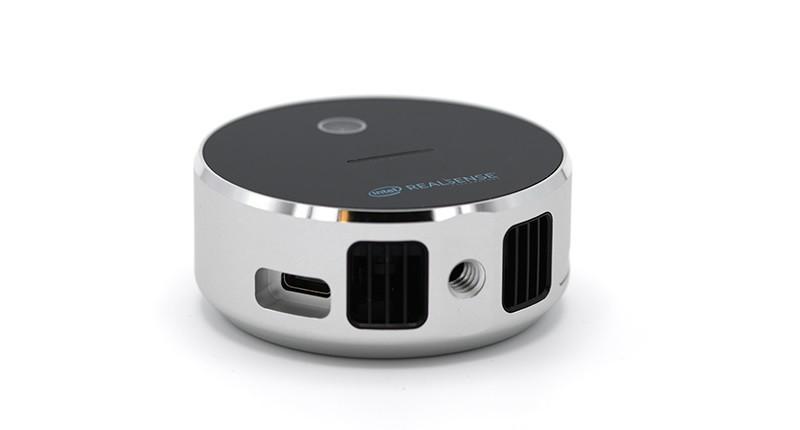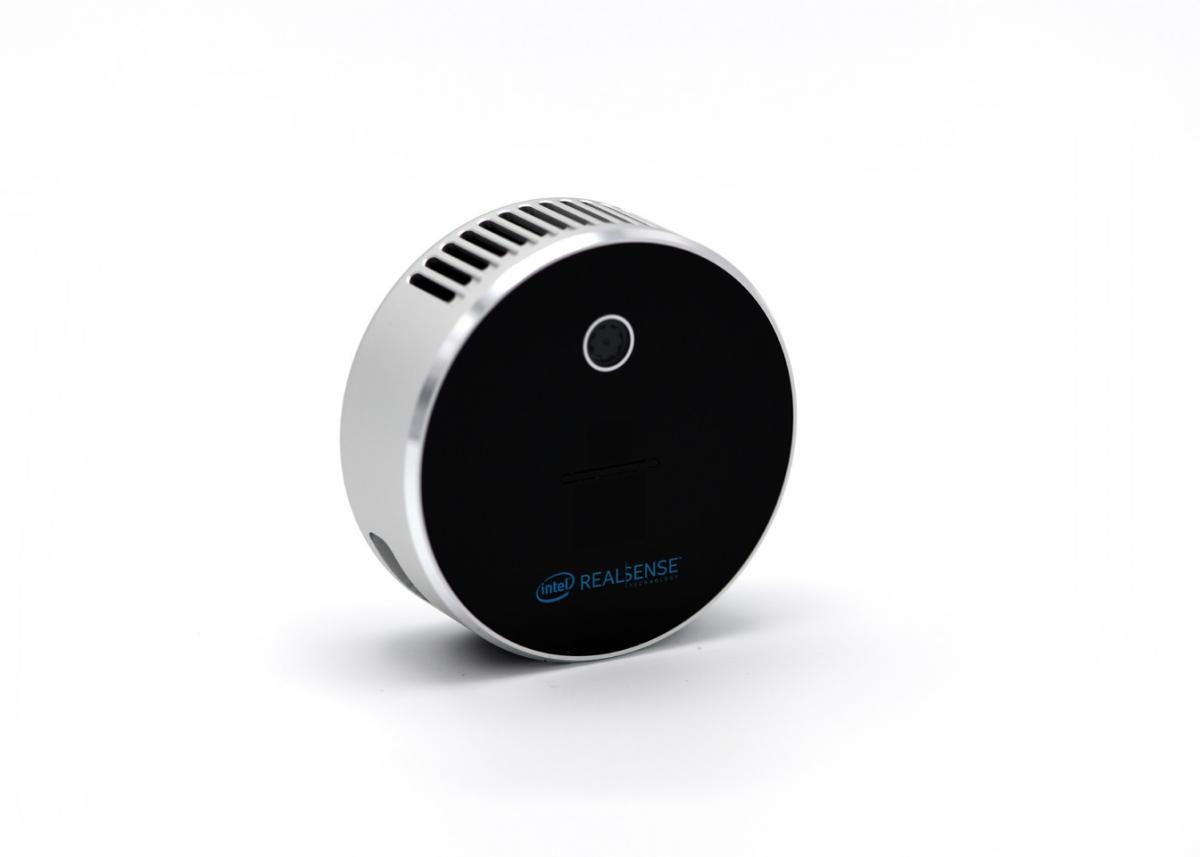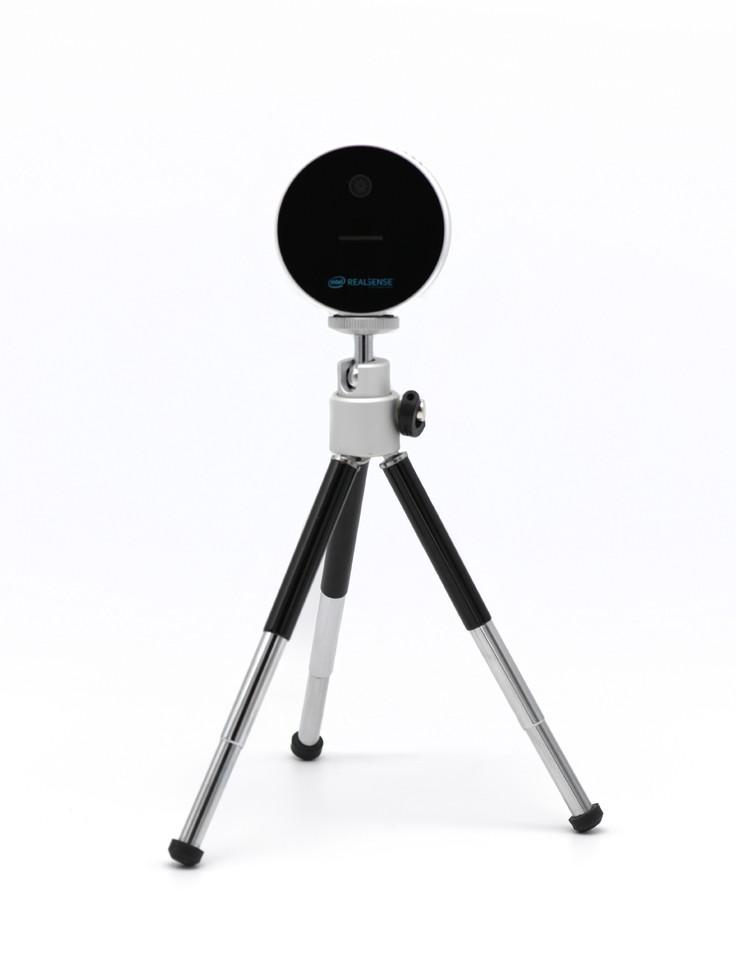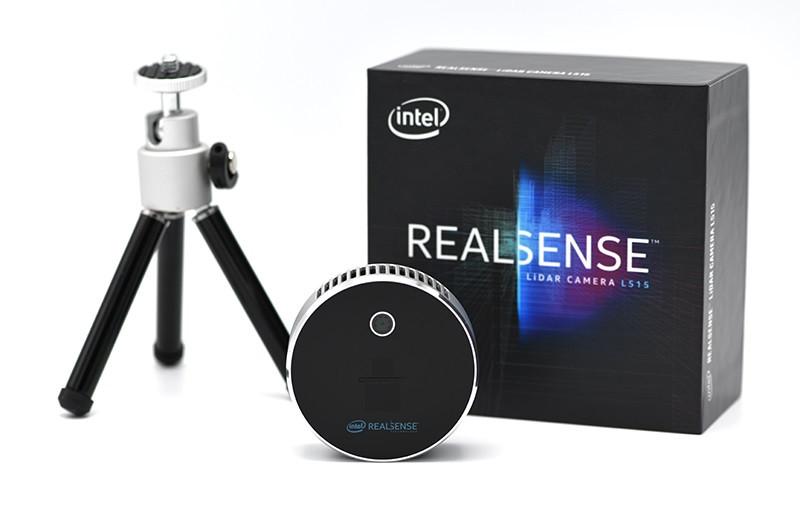Intel announced the Intel RealSense lidar camera L515, a small and power-efficient, high-resolution lidar that captures millions of depth points per second.
Today, Intel announced the Intel RealSense lidar camera L515, the world's smallest and most power-efficient, high-resolution lidar that captures millions of depth points per second. "Intel RealSense technology is used to develop products that enrich people's lives by enabling machines and devices to perceive the world in 3D. With the L515 depth camera, we are excited to bring high-resolution lidar performance to markets previously inaccessible to this technology."
-Sagi BenMoshe, corporate vice president, Intel RealSense Group
Intel RealSense technology depth experts have developed a revolutionary solid-state lidar for a new family of high-quality depth cameras. The Intel RealSense lidar camera L515's unparalleled depth quality and low power consumption, combined with its ability to generate 23 million accurate depth points per second, makes it perfect for a wide variety of applications.
The logistics industry is one market that can benefit from the L515's high resolution and full scene perception. Companies looking for inventory management automation will benefit from precise volumetric measurement of products, enabling an accurate state of inventory at all times. Many other applications for the L515 can be found in 3D scanning, healthcare, retail, robotics and more.
Light detection and ranging (lidar) is a remote-sensing technology that measures the distance to objects and targets using a combination of laser light and receivers. The difference with Intel RealSense lidar technology is that it uses an advanced, miniaturized micro-electro-mechanical system mirror to scan the scene. This method enables the reduction of the laser pulse power, achieving the world's smallest, most power-efficient, high-resolution lidar. It also provides over 23 million accurate depth pixels per second, with a depth resolution of 1024 x 768 at 30 frames per second. The Intel RealSense lidar camera L515 has an internal vision processor, motion blur artifact reduction and short photon-to-depth latency. The lightweight L515 consumes less than 3.5 watts of power, enabling easy mounting on handheld devices with the flexibility of long battery life. Always ready to use, the L515 retains its depth accuracy throughout its lifespan without the need for calibration.
The camera also features an accelerometer, gyroscope and FHD RGB video camera. It uses the same open source Intel RealSense SDK 2.0 as the entire portfolio of Intel RealSense devices.
The Intel RealSense lidar camera L515 is priced at $349 and available for pre-order today. For more details, visit the Intel RealSense website.





